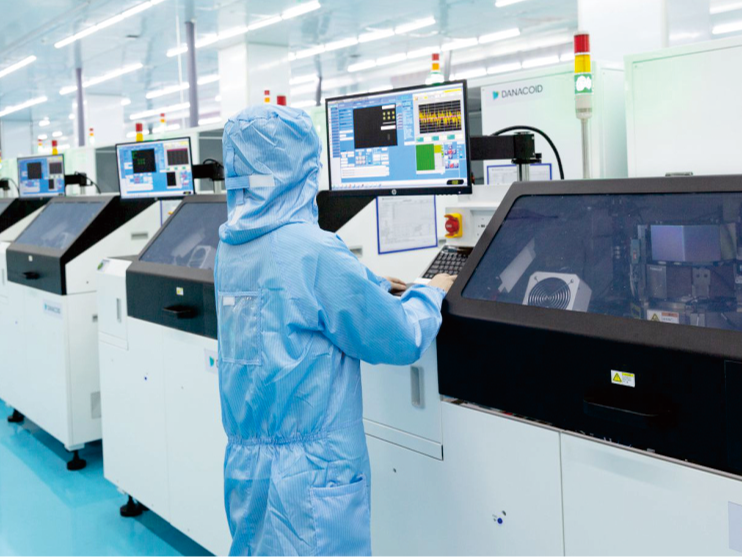Whether it is a live concert or your home theater setup, louder speaker systems are the foundation of any audio arrangement you do plan on setting up. Such systems can be broadly divided into passive and active. For anyone looking to invest in quality audio equipment, a true understanding of the distinctions between these systems is imperative.
Passive Loudspeaker Systems
Passive loudspeakers are the traditional systems and need a separate amplifier to drive the speakers. The speakers in these systems consist only of the transducers (drivers) and a passive crossover network, guiding different frequencies to the correct drivers. In combination with distinct speaker pairs, the amp/power unit drives the power to make sound at a practical volume. Passive systems provide several benefits such as cost-effectiveness, easier repairs and maintenance, and customization capabilities. For example, a user can combine any amplifier they choose with a passive speaker which gives them several choices over their audio experience.
Active Loudspeaker Systems
On the other hand powered loudspeakers (or its common name active) contain internal amplifiers and often digital signal processing (DSP). That is to say, each speaker is its own unit requiring only power and audio input. They often also include internal EQ, compression and limiters in active systems which can add to sound quality and protect the speakers from damage. For space-constrained or easy-to-deploy applications, active systems can be the way to go because they are cheap and simple.
Sound Quality and Performance
When it comes to passive or active, the argument tends to boil down sound. But some audiophiles claim passive systems sound better precisely because of the separation, which means high-quality amplifiers can be employed for each single system component separately. But as technology has progressed, so have the active systems that offer astounding sound quality comparable to a passive system. Both can be amazing, but they are only as good as their parts and the manner in which those parts are designed and tuned.
Applications and Use Cases
Typical applications for passive loudspeaker systems include live sound reinforcement and high-end home audio systems, where the flexibility of separate amplifiers and speakers is beneficial. This means customization and optimization of each component, something that is critical in a professional environment.
Meanwhile, studio monitoring, portable PA systems and installations where every inch of real estate counts—along with meaningful use, almost always prefer active loudspeaker systems. Built-in design equals less extra gear and cabling, making them perfect for when portability and quickness of operation are key.
Cost and Budget Factors
The cost differences associated with passive vs. active systems can be quite large. Though passive systems might seem cheaper at first glance since there's no integrated amplifier inside the enclosure, once you add in a proper amplifier, the price increases accordingly. Active systems can be more expensive upfront, but they are generally cheaper over time because they're self-contained and don't require anyone to have additional equipment (and setup) costs.
Maintenance and Upgrade-ability
Passive systems are also typically easier when it comes to maintenance, as the speakers and amplifiers can often be maintained or replaced independently. Passive systems oftentimes allow for the ability to upgrade different components too, easily upgrading your user experience. Active systems, with all their integrated components, are more difficult to service or upgrade, and this can also require the entire unit to be replaced.
New Emerging Concepts and Technologies
With the progress of technology, active systems offer ever more capabilities. Digital signal processing and smart loudspeaker systems are highly proliferating, with capabilities such as auto-room correcting and voice control. So what does all that mean — in practice — for passive vs. active systems?Passive systems are making use of DSP and network capabilities
Conclusion
All in all, passive vs active loudspeakers will always be a controversial subject and ultimately your choice will come down to the application, cost and aesthetics. Each of the two systems has clear benefits, and which one is ideal may ultimately depend on the listener or venue needs. The loudspeaker systemWhether it is passive tweaks or active convenience, the right loudspeaker system can also take car audio enjoyment to another level.









